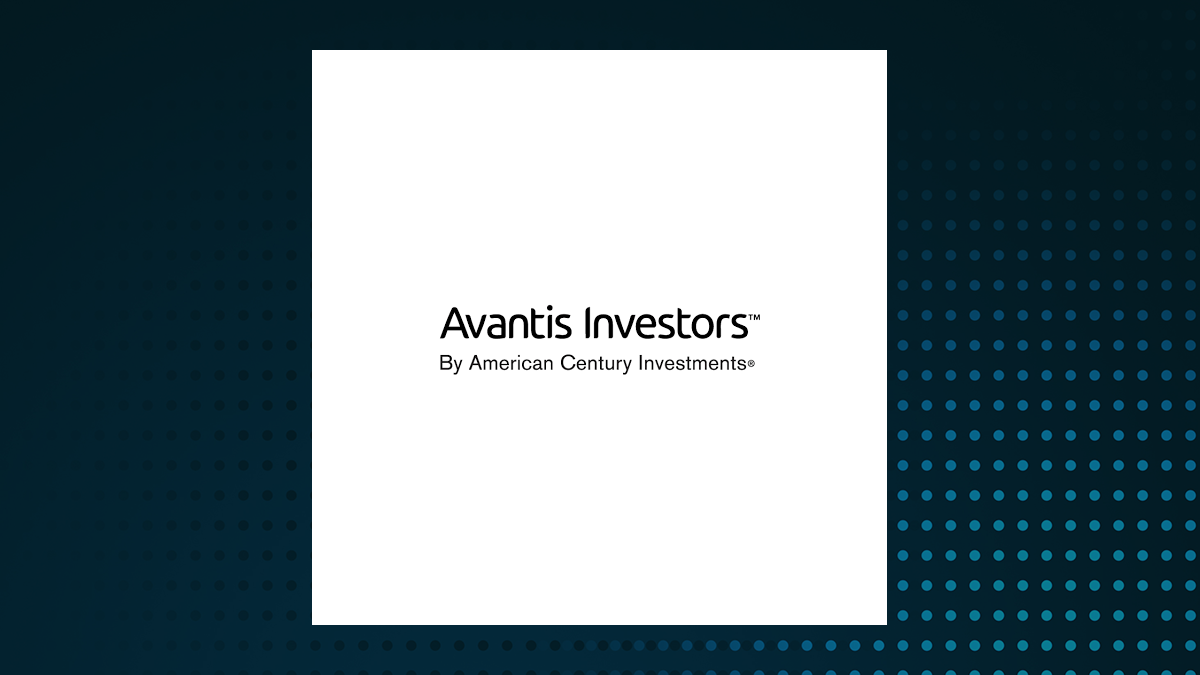
Adam Yee/iStock via Getty Images Investment Thesis Franklin FTSE United Kingdom ETF ( NYSEARCA: FLGB ) invests in a portfolio of about 100 British stocks. The fund seeks to track the result of the FTSE United Kingdom index. The fund has an attractive dividend yield of about 4.
2%. Its expense ratio of 0.09% is also low among other similar funds.

For example, iShares MSCI United Kingdom ETF ( EWU ) has a much higher expense ratio of 0.5%. The fund has a higher exposure to defensive sectors but much lower exposure to the technology sector than the S&P 500 index.
As a result, its long-term growth outlook is not strong. Fortunately, its short-term earnings growth outlook in the next few years is improving thanks to the improving macroeconomic environment in Britain. The fund is also not expensive based on its forward P/E ratio.
However, since we have a long-term investment horizon, we would prefer funds with much better long-term earnings growth outlook. Therefore, we give FGLB a hold rating. YCharts Fund Analysis Low concentration risk but a weak growth profile FLGB’s sector allocation shows little concentration risk, as not any sector represents over 20% of its total portfolio.
As can be seen from the table below, its largest sector, the financial services sector, represents only about 17.4% of the total portfolio. This is followed by consumer defensive’s 16.
3% and healthcare’s 14.4%. Morningstar Although concentration risk is low, FLGB’s portfolio is tilted towards defensive sectors relative to the S&P 500 index.
As the table above shows, defensive sectors represents nearly 35% of FLGB’s total portfolio. In contrast, the S&P 500 index’s exposure to defensive sectors is only about 21.3%.
As we know, defensive sectors such as utilities and consumer staples typically have lower growth rates than many other sectors. Therefore, FLGB’s higher exposure means its growth profile will be negatively impacted. In addition, FLGB’s exposure to higher growth sectors such as technology sector is very limited.
In fact, technology sector only represents 0.7% of its total portfolio. This is only a fraction of the entire portfolio.
In contrast, the technology sector represents over 31% of the S&P 500 index. FLGB’s very limited exposure to technology stocks means that the fund will not benefit from many technological megatrends such as artificial intelligence, Internet of Things, cloud computing, AR/VR, electric vehicles, etc. Together with FLGB's higher exposure to defensive sectors, we think the fund has a much weaker growth profile than the S&P 500 index.
Growth outlook weaker than the S&P 500 index The table below compares the consensus earnings growth outlook of the S&P 500 index with the MSCI U.K. index.
Although MSCI U.K. index is not entirely the same as the FTSE U.
K. index, it has significant overlap. Their sector breakdown is quite similar (e.
g. technology sector composition is 0.8% in MSCI index but 0.
7% in FTSE index), and they have very similar total returns (e.g. total return of 43% for FTSE index vs 39% for MSCI index since 2017).
Therefore, it still provides meaningful information. As can be seen from the table below, the S&P 500 index shows much better earnings growth and revenue growth outlook than the MSCI U.K.
Index due to its better sector composition (e.g. lower defensive sector exposure and higher technology sector exposure).
MSCI U.K. Index S&P 500 Short-Term Earnings Growth 5.
8% 13.7% Long-Term Earnings Growth 9.8% 17.
0% Shot-Term Revenue Growth 3.0% 5.7% Click to enlarge Source: Yardeni Research, created by author, accessed on 2024/09/07 Macroeconomic environment improving Although FLGB’s growth outlook may not be as bright as the S&P 500 index, we note that U.
K.’s economy is improving. As the composite PMI chart below shows, Great Britain’s composite PMI has been on a rising trend since mid-2023.
In fact, the most current PMI reading of 53.8 in August 2024 is much better than the previous month’s reading of 52.8.
For reader’s information, PMI is an economic forward leading indicator. A reading above 50 usually reveals that the economy will likely expand in the next few months to come. In contrast, a reading below 50 means that the economy is likely going to go through periods of contraction.
An improving composite PMI trend is an indication that Britain’s economy is improving. Trading Economics This improving macroeconomic outlook is reflected in FLGB’s earnings growth estimate in 2025 and 2026. As can be seen from the chart below, unlike the very modest earnings growth estimate of 0.
5% in 2024, consensus earnings growth rates are expected to be in the high single digits of 8.4% and 8.3% in 2025 and 2026 respectively.
Therefore, accelerating earnings growth rate should act as a catalyst to FLGB’s fund price performance. Yardeni Research Valuation not expensive In terms of valuation, we note that FLGB currently trades at a forward P/E ratio of only just 11.8x.
In the past, the forward P/E ratio has been in the range of 10x and 15x, except from 1998 to 2004. Therefore, its current forward P/E ratio of 11.8x is not expensive but on the lower end of this valuation range.
Hence, we do not think FLGB as expensive. Yardeni Research Currency risk Investors of FLGB need to keep in mind of currency risk involved. As can be seen from the chart below, British pounds have fallen by 45% since the 1970s.
In fact, the strength of the pound is still on a declining trend. As the pound depreciates in value, FLGB’s fund price may also be impacted negatively. YCharts Investor Takeaway We see some opportunities in the near-term as FLGB's earnings growth outlook is expected to be better in 2025 and 2026.
However, the fund’s long-term growth outlook remains weaker than the S&P 500 index. Since we usually evaluate a fund’s rating based on their long-term growth outlook, we are unable to award FLGB a buy rating. Additional Disclosure : This is not financial advice and that all financial investments carry risks.
Investors are expected to seek financial advice from professionals before making any investment. Analyst’s Disclosure: I/we have no stock, option or similar derivative position in any of the companies mentioned, and no plans to initiate any such positions within the next 72 hours. I wrote this article myself, and it expresses my own opinions.
I am not receiving compensation for it (other than from Seeking Alpha). I have no business relationship with any company whose stock is mentioned in this article. Seeking Alpha's Disclosure: Past performance is no guarantee of future results.
No recommendation or advice is being given as to whether any investment is suitable for a particular investor. Any views or opinions expressed above may not reflect those of Seeking Alpha as a whole. Seeking Alpha is not a licensed securities dealer, broker or US investment adviser or investment bank.
Our analysts are third party authors that include both professional investors and individual investors who may not be licensed or certified by any institute or regulatory body..














